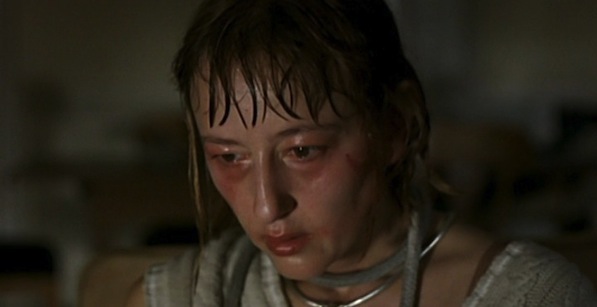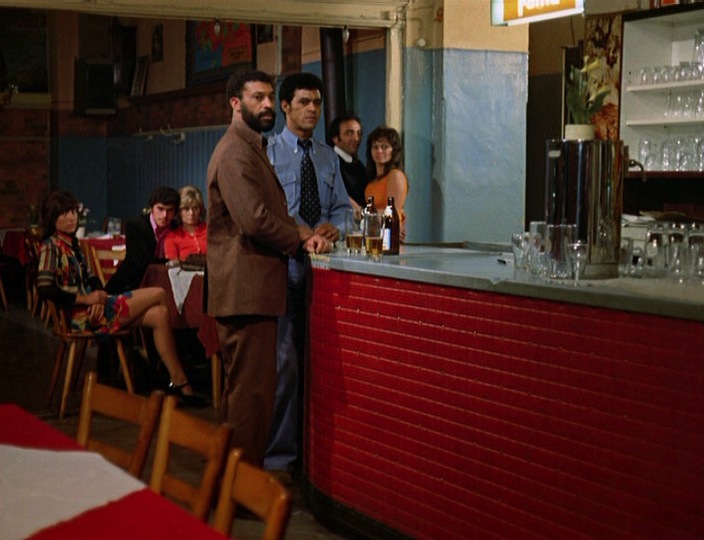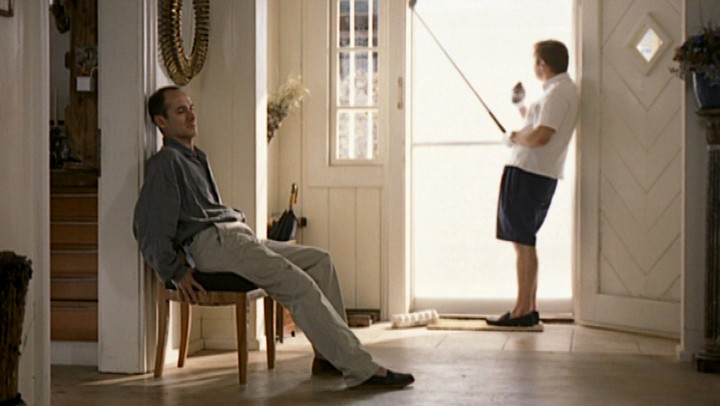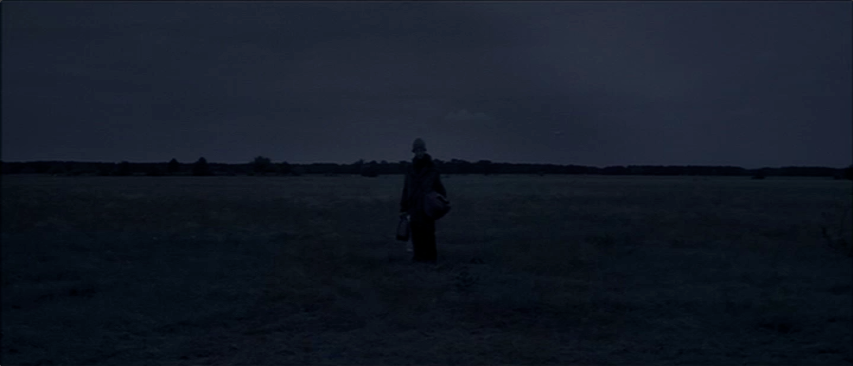German cinematographer Jürgen Jürges, now seventy-two-years-old, has more than one hundred film credits on his estimable resume, dating back to the early 1970s. One of the key directors of photography for the New German Cinema, Jürges shot five films with Rainer Werner Fassbinder, including the masterpiece Ali: Fear Eats the Soul (1974). He also shot other recognizable examples of a developing German art cinema such as Uli Edel’s Christiane F. (1981) and Wim Wenders’ Faraway, So Close! (1993). More recently, he has also become a close collaborator with Austria’s Michael Haneke, shooting the landmark psychological torture-thriller Funny Games (1997), the Paris-set Code Unknown (2000), and Time of the Wolf (2003), a pitch-black tale of apocalyptic survival.
The prolific cinematographer shows few signs of slowing down. After three years working in the Ukraine on Russian maverick Ilya Krzhanovsky’s follow-up to 4 called Dau, he recently finished shooting Goodbye Lenin! director Wolfgang Becker’s latest Ich und Kaminski, starring Daniel Bruhl. For his new project, The Spinnwebhaus, he has gone back to his roots, in a way, working with a first-time director on a very low budget. Jürges spoke with Keyframe about inspirations, “dark light” and the smell of celluloid.
Keyframe: What first inspired you to embark on a career in cinema?
Jürges: Since my very early years I loved to look at photographs and films, having no idea that it could be my profession one day. I was in Germany some years after the war and my father believed that I should become an engineer in the aircraft industry, but after one year I quit and studied photography in Berlin. During my studies I had the chance to see a lot of films from all these wonderful directors like Bergman, Rossellini, Bunuel, and Godard, and got in contact with some young people of the upcoming ‘New German Cinema.’
Keyframe: What do you consider your most memorable or formative experiences shooting the films of the New German Cinema? Was there a philosophy or politics that you tried to capture visually?
Jürges: The young German filmmakers had a strong orientation towards social and political themes and we had the feeling that we had to get involved with our past and history. With Fassbinder, I had very little conversations about visualizing the script. Today, you hardly could imagine the way we realized Fear Eats the Soul. I remember very well my first contact with Rainer. He called two weeks ago before the shoot, and told me: ‘I have a script, based on a real incident, I have 150,000 Deutschmarks, and I want to shoot this film now. We can afford thirteen shooting days and we will have to accept many technical shortcomings. There is no way to get more money, the film must be shot now; otherwise it will never be shot. Do you want to join us under these circumstances?’ I said, ‘Yes, I would like to, on that condition that you never complain about these shortcomings when you see the rushes.’ He accepted; we did the film; and he never complained.
Keyframe: You began collaborating with Michael Haneke after you had both made a number of films. How did you come to work on Funny Games?
Jürges: One day in 1996, when I just had returned from a shoot of a film in Patagonia and preparing a new project in Hungary, Michael Haneke called me and asked if he could send a new script to me. I read the script, we met some days later in Vienna and four months later we started shooting Funny Games. At this time, his films were mostly shown on TV and I had seen them all and it was my secret desire to work with him. His films were so different, intelligent and without any compromise. Later I asked him why he had offered me to shoot Funny Games. He answered that he had recently seen one of my films, not a very good one, but the light in the film had impressed him. He called it ‘the dark light.’
Keyframe: Can you talk about what you were trying to achieve with the lighting and lens choices in Funny Games?
Jürges: Michael Haneke had a very strong concept about the look of the film—he always has precise concepts of his films—and he agreed that I should create a very naturalistic light and use lenses of focal length close to the angle of the human eye. The technique shouldn’t be spectacular; it should just transport the spectacular plot.
Keyframe: Can you talk about the different visual choices you made in Code Unknown and Time of the Wolf. I believe Time of the Wolf, in particular, is very different visually than the other films. It is much less ‘cooler’ and literally darker than the rest.
Jürges: Code Unknown was shot in forty-five planned sequences (one scene, one shot), which requires a particular choreography for the actors and camera movements. I think it worked well. Similar to Funny Games, I used lenses of normal focal length, but used a lot of traveling shots to change the perspective during the shots. And you are right: Time of the Wolf is really different from the other two films we made together. We wanted to create an atmosphere of the apocalypse and the end of the world, so I shot a very dark drama.
Michael wanted it very dark, so dark that the spectator hardly could have recognized anything. I wanted to light it a bit lighter and we had a lot of discussions about that. For example, we had to shoot a scene with Isabelle Huppert at night in a haystack. Michael wanted to shoot the entire scene with just one lighter, which Isabelle would light from time to time, with no additional light at all. We shot the scene like that, and then, on my request, we shot a second time with a very low light intensification, so the viewer could at least recognize some of the ambient surroundings. For the final print, we used the takes with the intensification. It was absolutely a bit of a balancing act on a knife’s edge. But that was the challenge and I think it worked well. Before the shoot I did some tests to find out how far I could stretch the 5277 film stock and Michael and I tried to decide which degree of darkness the viewer would accept. When the film was shown at the Cannes Film Festival, minutes before the performance started, Michael went to the projectionist and convinced him to reduce the amps of the projector by twenty percent. It was so dark, that after the screening, it was described as ‘the darkest film ever shown at the festival.’
Keyframe: What do you think of the massive changes in cinematography since you first began shooting films in the sixties and seventies? Is there anything that you particularly miss about shooting on film? And is there anything that you particularly enjoy about shooting on digital?
Jürges: There are essential changes in cinematography. I miss a lot of the look of the negative, the sensual quality of film. I miss the reliability, the haptics and the ‘smell’ of the film. And I realize that the interaction between director and the actor and Director of Photography has changed as well. It has lost intimacy. But what I particularly like about shooting on digital is that I have the possibility to influence the image in many ways after the shoot, during post. Last month, I actually worked on new color grading for Fear Eats the Soul and it was a pleasure to use the new digital possibilities for this old negative. I didn’t really change anything, because I wanted to keep the look of the film, but I corrected some things, which had been affected by time, such as color shifts, especially the skin tones and some very little technical defects, which we had to accept during the shoot due to lack of time.







